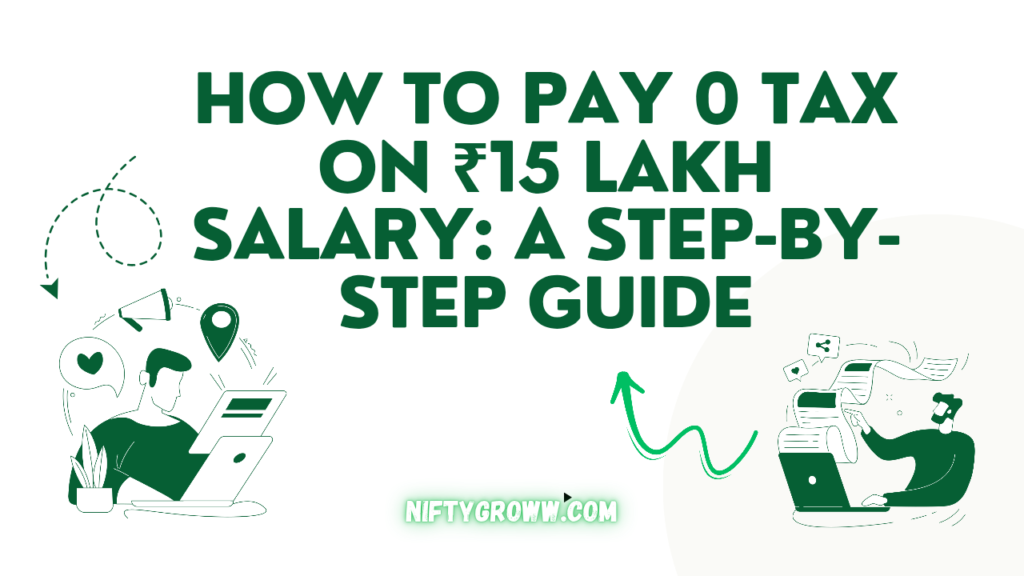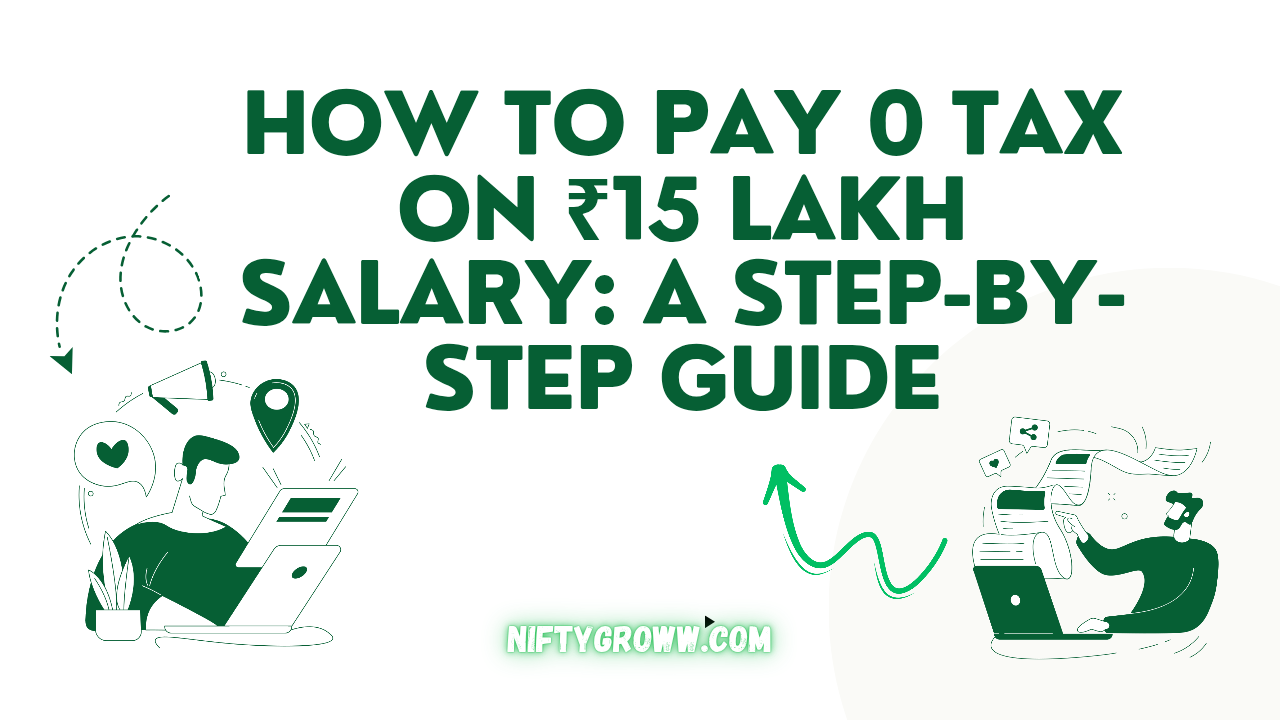Imagine earning ₹15 lakh annually and keeping every rupee without paying a single penny in taxes. Sounds impossible? Think again! With strategic tax-saving investments and deductions, you can legally reduce your taxable income to zero. In this guide, we’ll break down exactly how to pay 0 tax on ₹15 lakh salary using methods like NPS contributions, medical insurance, and education loan interest claims. Let’s dive in!

Why Paying 0 Tax on ₹15 Lakh Salary Is Possible (Legally!)
The Indian Income Tax Act offers multiple deductions under Sections 80C, 80D, 80E, and more. By combining these, you can slash your taxable income below the ₹5 lakh threshold, where tax liability becomes zero thanks to the Section 87A rebate. Here’s how it works:
Image Source: Tax Department
5 Legal Ways to Reduce Taxable Income to ₹0
1. Maximize NPS Contributions (Employee + Employer)
The National Pension System (NPS) allows deductions up to ₹2 lakh annually:
- Employee Contribution: ₹1.5 lakh under Section 80CCD(1B).
- Employer Contribution: Up to ₹50,000 under Section 80CCD(2).
Example: If you contribute ₹1.5 lakh and your employer adds ₹50,000, your taxable income drops by ₹2 lakh instantly.
Pro Tip: Learn more about NPS benefits here.
2. Claim Medical Insurance Premiums Under Section 80D
Health insurance premiums for yourself, parents, or children qualify for deductions:
- Self/Family: ₹25,000
- Parents (Senior Citizens): ₹50,000
Total Savings: Up to ₹75,000.
Case Study: Riya reduced her taxable income by ₹75,000 using a family floater plan. Check top health insurance plans.
3. Deduct Education Loan Interest Under Section 80E
Interest paid on education loans is 100% deductible for 8 years. If you’re repaying a loan, claim up to ₹50,000 annually.
Calculation:
- Annual Interest: ₹50,000
- Taxable Income Reduction: ₹50,000
Resource: Education loan interest calculator.
4. Utilize HRA and Home Loan Benefits
While not in the original list, combining House Rent Allowance (HRA) or home loan EMI deductions (Section 24) can further reduce income.
Example:
- HRA Exemption: ₹1.2 lakh
- Home Loan Interest: ₹2 lakh
Read: How to save tax with HRA .
5. Leverage Section 87A Rebate
If your net taxable income falls below ₹7 lakh after deductions, Section 87A offers a rebate of up to ₹25,000. For incomes under ₹5 lakh, tax liability is zero.
Sample Calculation: From ₹15 Lakh to ₹0 Tax
Let’s crunch the numbers for a ₹15 lakh salary:
| Component | Amount (₹) |
|---|---|
| Gross Salary | 15,00,000 |
| Less: NPS (You) | 1,50,000 |
| Less: NPS (Employer) | 50,000 |
| Less: Medical Insurance | 75,000 |
| Less: Education Loan | 50,000 |
| Net Taxable Income | 11,75,000 |
Wait, that’s still above ₹5 lakh! What’s missing? Add HRA (₹1.2 lakh) and standard deduction (₹50,000):
Final Taxable Income: ₹11,75,000 – ₹1,70,000 = ₹9.05 lakh → Apply Section 87A rebate.
Oops! To hit ₹5 lakh, maximize NPS contributions or explore additional deductions like LTA or charity.
Common Mistakes to Avoid
- Ignoring Employer NPS Contributions: Many forget this ₹50,000 deduction.
- Missing Deadlines: Submit investment proofs before March 31.
- Overlooking Small Deductions: Even ₹5,000 donations matter!
Final Thoughts
Learning how to pay 0 tax on ₹15 lakh salary requires meticulous planning and leveraging every deduction possible. Start early, consult a CA, and use tools like IT Department’s tax calculator to stay on track.
Ready to save smarter? Share this guide with your colleagues and explore more tax hacks here





